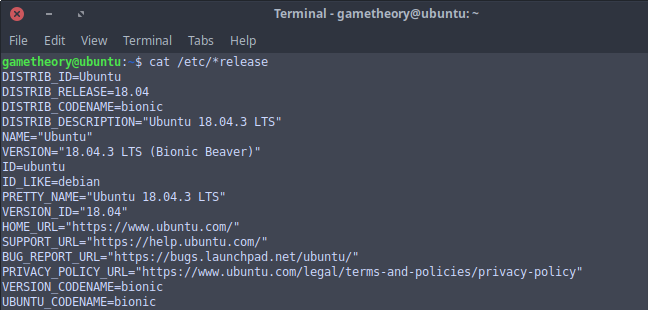Bash Aliases

If you’re not familiar with bash aliases I highly recommend you read on. Bash aliases are fantastic for saving time and not having to remember commands or groups of commands.
A bash alias is just a shortcut that you can set to be a word or even a single letter.
Tags: tutorials, linux, command lineClear or Reset Terminal

Whenever you’re using the terminal extensively you may find your terminal cluttered with commands and output. This can be rather annoying and even confusing at times with the bash prompt at the bottom of your terminal screen. The solution to this is to clear or reset terminal.
Tags: tutorials, linux, command lineCheck Linux OS Version in Terminal

There are a few ways to check your kernel and linux os version, but today we will cover some commands to do this in a terminal.
Knowing how to check your kernel and linux os version in a terminal can be useful if you ever need help in a forum where they might ask for this information. You can also use this info in a bash script to determine what actions to take in your script based on the kernel and linux os version. Whatever the case may be, it’s a good idea to get familiar with these commands.
Tags: tutorials, linux, command lineUpdate Linux in a Terminal

Keeping linux updated is a simple hassle free task, unlike that other OS. On linux you can use a GUI app or update in a terminal. Both methods achieve the same result, but users usually have a preference. For me that’s the terminal.
Tags: tutorials, linux, command lineTime a Command in Linux

Getting familiar with timing commands in linux is a good idea. This is a good way to time long operations in a bash script or from the terminal. You can time most commands and any bash script. My favorite use case is for timing source code compilation from build scripts.
Tags: tutorials, linux, command lineRedirect and Append to a File in Linux

On every linux system you can redirect and append to the end of a file.
Linux has “stdout” which stands for “standard output”. Whenever you run a command in your terminal, the result is displayed in the stdout. You can redirect and append stdout to the end of a file.
Tags: tutorials, linux, command line